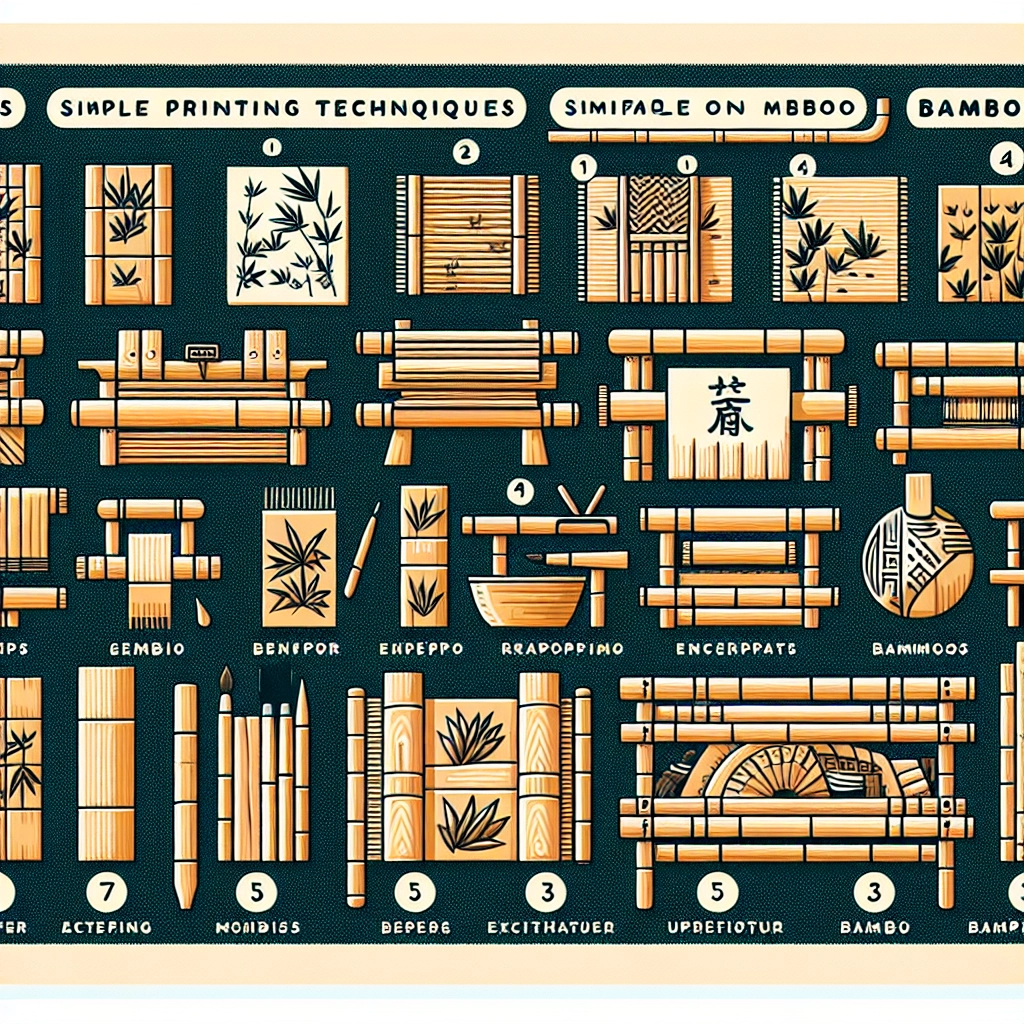Bambu Lab Printing Techniques: From Beginner to Expert
The world of 3D printing is as vast as it is exciting, with endless possibilities for creativity and innovation. If you’re diving into this realm with a Bambu Lab 3D printer, you’re already ahead of the game. Known for their user-friendly features and cutting-edge technology, Bambu Lab printers make it easier than ever to turn your ideas into tangible objects. Whether you’re just starting out or you’ve been printing for a while, understanding the various printing techniques and their applications can significantly enhance your experience and output. Let’s explore the journey from beginner to expert in Bambu Lab printing techniques!
Getting Started: Understanding 3D Printing Basics
Before we dive into specific techniques, it’s crucial to grasp the fundamentals. 3D printing, or additive manufacturing, involves creating physical objects from digital models. This is done by laying down material, typically thermoplastics, layer by layer until the object is formed.
Bambu Lab printers come equipped with Fused Deposition Modeling (FDM) technology, which is an excellent entry point for beginners. This process works by heating the material until it becomes pliable, which is then extruded through a nozzle to form layers. It’s relatively straightforward, thus making it perfect for newcomers.
When you fire up your Bambu Lab printer for the first time, you’ll want to familiarize yourself with the interface. The user-friendly touchscreen allows you to navigate settings, select print files, and monitor the printing process effectively. Don’t hesitate to check out the extensive community forums and resources available online, where you can learn from others’ experiences and get handy tips.
Beginner Techniques: Simple Projects to Gain Confidence
Once you’ve set up your printer and are comfortable with the basics, it’s time to dive into your first projects. Start simple! Print basic geometric shapes like cubes, cylinders, or pyramids. These shapes will help you understand how to adjust settings such as print speed, layer height, and nozzle temperature, which directly impact the quality and speed of your prints.
First Project Idea: Why not try a customized phone stand? It’s a functional item that you can personalize to your liking, allowing you to experiment with design software while producing something useful. There are many free designs available online for beginners, or you can modify existing models using basic CAD software.
Leveling Up: Intermediate Techniques
Once you’re comfortable with initial projects, you can explore more advanced techniques. Take advantage of Bambu Lab’s unique features like Automatic Bed Leveling, which saves you the hassle of manual adjustments, ensuring that prints are successful every time.
Dual Material Printing: If you want to move into the realm of more complex projects, consider experimenting with dual-material printing. This feature allows you to use two different filaments simultaneously, enabling you to create models that include flexible parts or different colors. It adds a professional level of detail and variety to your prints.
Fine-Tuning Settings: Now’s the time to really dive into the settings. Playing around with temperature and speed settings can make a world of difference in the quality and finish of your prints. For example, decreasing the print speed can improve accuracy and surface quality but will also increase the print time. Finding a happy medium is key for more complex designs.
Mastering Advanced Techniques
As you become more comfortable with printing, consider tackling advanced techniques that will truly showcase your skills.
Slicing Software: Tools like Bambu Studio will become your best friend. Understanding how to use advanced slicing settings, including support structures, infill percentages, and layer heights, will give you more control over the final product. The more you experiment, the better the results will be.
Post-Processing Techniques: Once the print is done, don’t overlook the magic of post-processing! Techniques like sanding, painting, or applying a clear coat can transform your print from a simple model to a professional-looking piece of art.
Community Engagement: Join online groups dedicated to Bambu Lab printing. Sharing your creations and learning from others can inspire your next project and keep you motivated. You’ll likely find challenges and contests that push your skills even further!
Unlock Endless Possibilities
From your first simple cube to complex, multi-material designs, the journey through Bambu Lab printing techniques offers exciting learning opportunities at every stage. There’s something incredibly satisfying about building your skills and seeing your tangible ideas come to life, layer by layer.
Remember, the world of 3D printing is continuously evolving, so keep an eye out for updates in technology and community-led projects. Embrace the challenges, and don’t be afraid to make mistakes along the way; they’re often the best teachers. The only limits are those you set for yourself. Happy printing!

